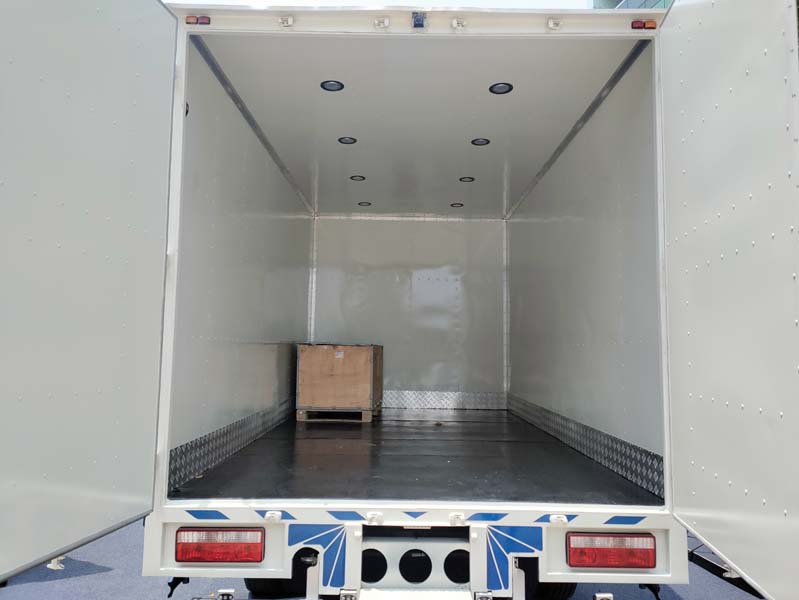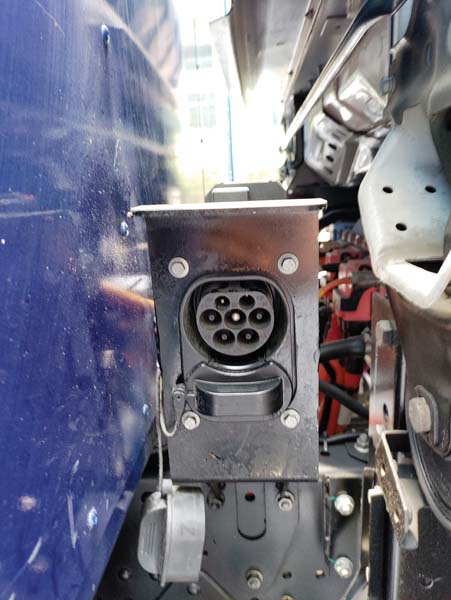The OSM M1KA 3.0, eLCV has reached its final production stage. Sumesh Soman hops in on the driver’s seat ahead of its commercial launch.
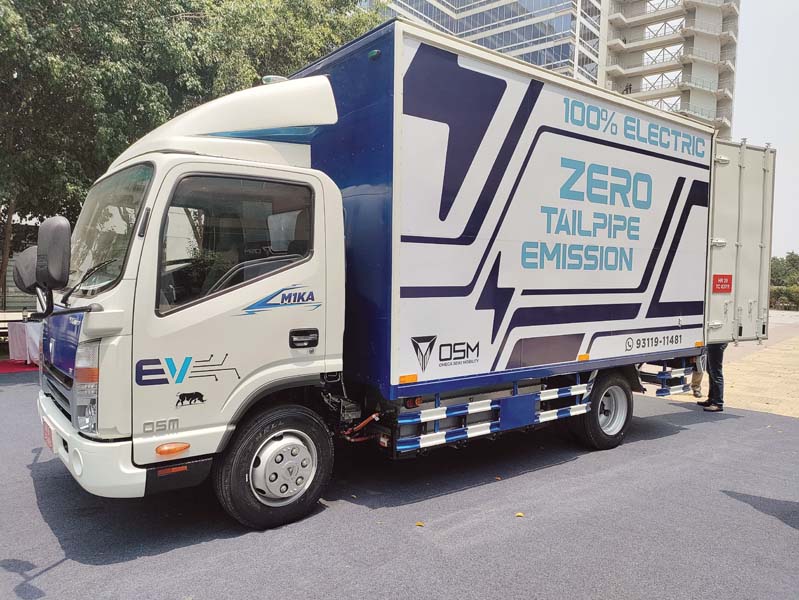 At Omega Seiki Mobility (OSM), its busy times! The reveal of the M1KA has been followed by a string of unveils in the cargo and people mover segment. The first electric four-wheeler from its stable — M1KA set for launch in the Small Commercial Vehicle (SCV) segment has the platform evolving as a scalable and modular mother platform. Its derivative M1KA 3.O has taken shape of a four-wheeler electric cargo Light Commercial Vehicle (eLCV). The company is working on multiple projects based on the same platform, confirmed Uday Narang, Founder and Chairman of the company. He said, “The M1KA is a very special product and this architecture will be used as a base for many of our upcoming projects.” To align its domestic and export aspirations, among many measures is the strategic decision to make the Vizag greenfield plant an export hub of eLCVs. In the first phase, OSM will cater to the growing demand from the ASEAN, Gulf and Africa regions. In phase two, the company aspires to tap the export potential to advanced markets like the US and Europe.
At Omega Seiki Mobility (OSM), its busy times! The reveal of the M1KA has been followed by a string of unveils in the cargo and people mover segment. The first electric four-wheeler from its stable — M1KA set for launch in the Small Commercial Vehicle (SCV) segment has the platform evolving as a scalable and modular mother platform. Its derivative M1KA 3.O has taken shape of a four-wheeler electric cargo Light Commercial Vehicle (eLCV). The company is working on multiple projects based on the same platform, confirmed Uday Narang, Founder and Chairman of the company. He said, “The M1KA is a very special product and this architecture will be used as a base for many of our upcoming projects.” To align its domestic and export aspirations, among many measures is the strategic decision to make the Vizag greenfield plant an export hub of eLCVs. In the first phase, OSM will cater to the growing demand from the ASEAN, Gulf and Africa regions. In phase two, the company aspires to tap the export potential to advanced markets like the US and Europe.
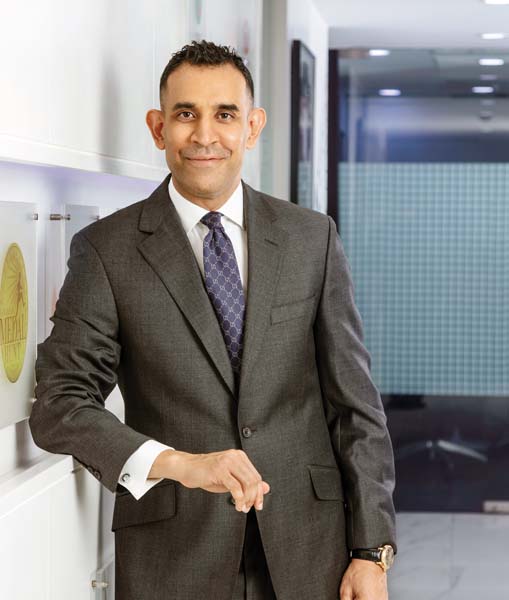
Back at its headquarters, the company showcased the first prototype of M1KA in the fourth quarter of Financial Year 2021 (Q4FY2021) which is doing pilot runs in Bengaluru among other interesting global terrains with some of the leading logistics players. The M1KA as a platform will cater to the one-tonne to 6.5 tonne bracket and the company hopes to commence deliveries by the early half of the second quarter of FY2022 (Q2-2022). Walk up to the truck, and right off the willow, its a looker. Drawing second looks with its imposing, tall stance, an attractive duality in body paint, a mix of contrasting shades of blue and white compliment that stance. A look at the front windshield with its coverage is enough to envision the panoramic view on offer for the pilot from within the cabin.. The front bumper is flanked by LED headlamps and features fog lamps on the bumper. The centre of the bumper houses the OSM badge to go along with the model name. Pan on the lift, and it boasts of being a Battery Electric Vehicle (BEV). The angular aerodynamic roof panel lends well to the form and functionality adding to its modern, global appeal. Walk over to the port side and the Outside Rear View Mirrors (ORVM) give the impression of protruding a tad more than necessary in a bid to enhance the driver field of coverage. In markets like India, with vehicles running in close to each other, pilots will have to take special care to not lose them while manoeuvring. The dual body paint extends to the sides and goes right up to the rear of the eLCV. Claimed to have come a long way from its earlier prototype stages, the M1KA 3.0 at five-tonne Gross Vehicular Weight (GVW) accommodates a payload of three tonnes. It measures 6040 mm long, 2160 mm wide, and 2270 mm tall with a 3360 mm wheelbase. The truck plies on 215/75R17.5 radials.
The cockpit
Inside the cockpit, the dashboard and mostly premium hard plastic surfaces greet you. The instrument cluster is part digital and part analogue with a seamless relay of a key metrics like kilometres to refuel, 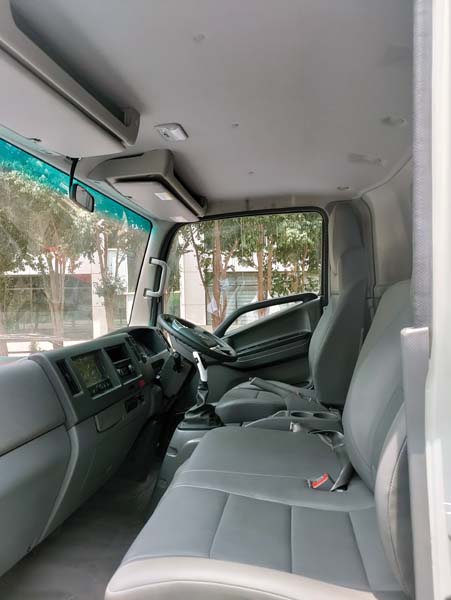 engine temperature, State of Charge (SoC)to name a few. It’s nice to see CVs getting infotainment consoles of much use than in the PVs. A seven-inch infotainment system with Bluetooth connectivity, radio, and navigation is quick to respond. Being in the final stage of prototyping ahead of its rollout, I came across dummy switches and spaces yet to be utilised to full capacity. They could lend themselves for charging ports among other utilities ahead of launch.
engine temperature, State of Charge (SoC)to name a few. It’s nice to see CVs getting infotainment consoles of much use than in the PVs. A seven-inch infotainment system with Bluetooth connectivity, radio, and navigation is quick to respond. Being in the final stage of prototyping ahead of its rollout, I came across dummy switches and spaces yet to be utilised to full capacity. They could lend themselves for charging ports among other utilities ahead of launch.
The company has opted for AC and fan controls with rotary knobs over touch-activated controls. I prefer the accuracy and ease of operation with the former too. It could better lend itself to on-road safety allowing the driver to focus on the drive instead. There are cubby holes and cup holders on the centre console besides the doors. The Driver plus one (D+1) seating arrangement is roomy on the whole and pilots could appreciate the side bolstering that is comforting. Its a snug fit with ample under-thigh support making it apt for daily runs. The multi-functional steering wheel is rake and reach adjustable, adding to the comfort of the driver along given its hands-free capabilities.
The drivetrain
The M1KA 3.0 relies on a 167.67hp (170 bhp) liquid-cooled motor that develops 415 Nm of peak-rated torque when paired with a 96.77 kWh battery on board. The company claims a range of 180 km on a single charge with the top speed limited to 90 kmph a notch higher than that prescribed by the speed governors (80 kmph). Beyond flat surfaces, the vehicle offers a maximum grade-ability of 30 per cent. The vehicle takes about two hours for a full charge by a DC charger and six to eight hours using an AC charger. Though our time with the vehicle was brief, the M1KA 3.0 takes little time to make itself acquainted with the driver. The gear lever evidently shows how easy it is to drive the M1KA. Then Drive, Neutral and Reverse functions inherited from the automatic transmissions ensure you are good to go and not a major threat on road.
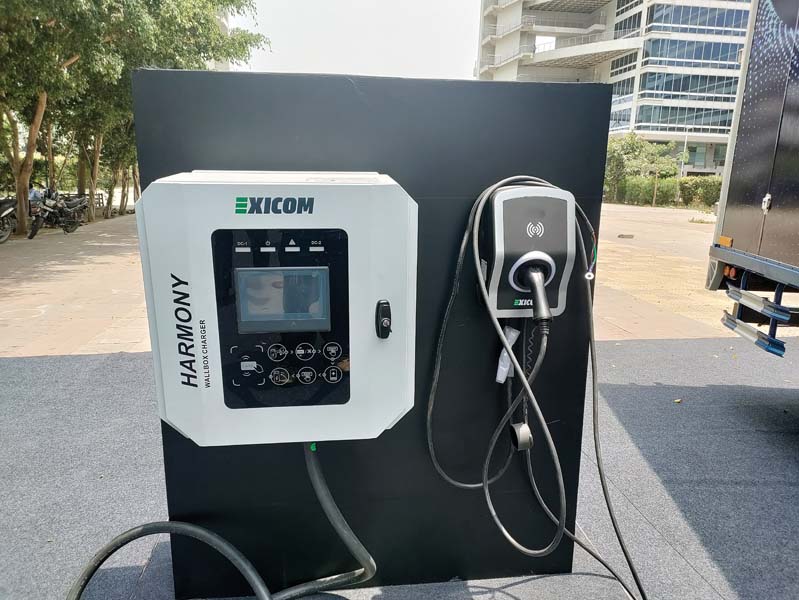 Tap on the accelerator and the vehicle doesn’t waste time before setting in motion. The instant response is exhilarating to an extent that one doesn’t mind the negligible lag on pushing the pedal. The three-spoke power steering makes manoeuvring the five-tonne truck an easy task with a turning radius of 15m. The call of zero-emission is heightened with near silent, in-cabin NVH levels. Barring the tyres kissing the tarmac there is a commendable reduction in NVH also a major reason for operator fatigue tackled here. The braking and suspension duties are manned by fewer springs of front cross-section coupled with double-acting shock on the front and the rear. The first impression is coming from driving the vehicle in a controlled environment and in an unladen state in its final stages of prototyping. More will be known when it is commercialised and tested in a laden state for its real-world performance. At the outset, it holds promise and offers competition to more established players expected to follow through.
Tap on the accelerator and the vehicle doesn’t waste time before setting in motion. The instant response is exhilarating to an extent that one doesn’t mind the negligible lag on pushing the pedal. The three-spoke power steering makes manoeuvring the five-tonne truck an easy task with a turning radius of 15m. The call of zero-emission is heightened with near silent, in-cabin NVH levels. Barring the tyres kissing the tarmac there is a commendable reduction in NVH also a major reason for operator fatigue tackled here. The braking and suspension duties are manned by fewer springs of front cross-section coupled with double-acting shock on the front and the rear. The first impression is coming from driving the vehicle in a controlled environment and in an unladen state in its final stages of prototyping. More will be known when it is commercialised and tested in a laden state for its real-world performance. At the outset, it holds promise and offers competition to more established players expected to follow through.



